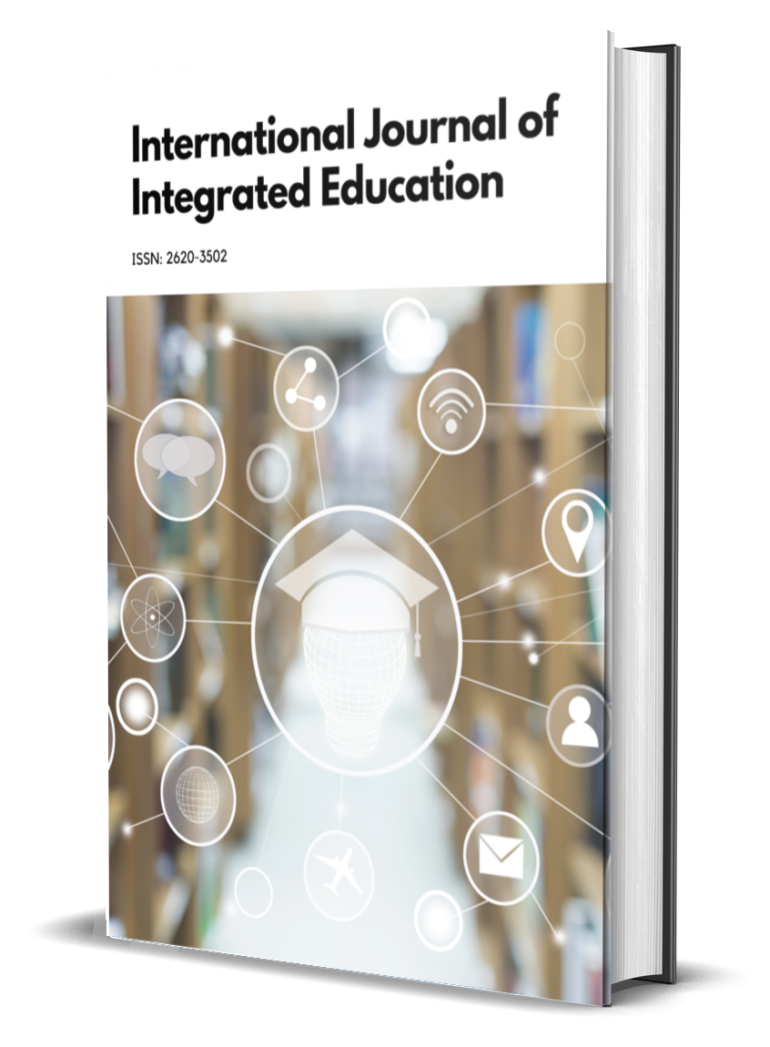Verbalization of the concept “Woman” in English Phraseological Units
Abstract
The phraseological structure of the language represents special interest for researchers in the sphere of gender linguistic, as it contain all «cultural-national visions» of each nation. The attention to the given problem is caused by an inexhaustible opportunity of phraseological fund ―to keep and transfer information matrixes‖ , to express features and attitude of native speakers and to reveal a national originality of communicative behavior of people. Studies of language and gender asymmetries in it are based on hypothesis of Sepir-Uorf: "the language is not only a product of a society, but also means of formation of its intellection and mentality". As a gender stereotypes we understand «cultural and socially caused opinions about qualities, attributes and rates of behavior of representatives of both genders and their reflection in the language)). Asymmetries are treated as a various sort of discrepancy (associative, connotative and other plans) in semantic volume formally and lexically similar units
References
Alexander R.J. Problems of understanding and teaching idiomaticity in English- 1987. pp 78-83
American Idioms dictionary. – Special edition. – USA, Illinois: National Textbook company, 1991. pp 26-108-200-256
Arnold V-. The English word. 2nd edn. Vsaja Skola, Moscow-1986 p56-87
Ashurova D.A, Matkarimov D.A- “Lingvistikadagi asosiy o’rinlar”- filologiya masalalari 2007/4 pp 39-40
Baker, M. In other words. A Course book on translation. London: Routledge – 1997 p 67-73
Bassnett, S. and A. Lefevere (eds). Translations, History and Culture. London and New York: Pinter-1990 p 34-38
Bell Roger T. translation and translating: theory and practice. London: Longman, 1991.p 45-47
Benson M., benson E., Ilson R. The BBI Combinatory Dictionary of English: A Guide to Word Combinations. John Benjamins, Amsterdam.-1986 p 86
Center R. Vocabulary: Applied Linguistics Perspectives. Allen and Unwin, London.-1987 p 19-22
Center R. and McCarthy M.. Vocabularyand Language Teaching. Longman, London.-1988 p 88-89
Coates J. Women, Men and Language. Longman, London-1986 pp43-67-78.
Cruse D.A. Lexical Semantics. Cambridge University Press, Cambridge.1986 pp 89-90-92
Fillmore C.J., Kay P., O`Connor M.C. Regularrity and idiomaticity in grammatical constructions: The case of Let alone. Language.1988 pp 56-67-69
Greville G.Corbett. Gender. – Cambridge University Press, 1992.pp105-15
Hervey, S., Higgins, I. and Haywood, L.M. Thinking Spanish Translations. London: Routledge.1995 pp 67-69-70-83
In submitting the manuscript to the International Journal on Integrated Education (IJIE), the authors certify that:
- They are authorized by their co-authors to enter into these arrangements.
- The work described has not been formally published before, except in the form of an abstract or as part of a published lecture, review, thesis, or overlay journal.
- That it is not under consideration for publication elsewhere,
- The publication has been approved by the author(s) and by responsible authorities – tacitly or explicitly – of the institutes where the work has been carried out.
- They secure the right to reproduce any material that has already been published or copyrighted elsewhere.
- They agree to the following license and copyright agreement.
License and Copyright Agreement
Authors who publish with International Journal on Integrated Education (IJIE) agree to the following terms:
Authors retain copyright and grant the International Journal on Integrated Education (IJIE) right of first publication with the work simultaneously licensed under Creative Commons Attribution License (CC BY 4.0) that allows others to share the work with an acknowledgment of the work's authorship and initial publication in this journal.






1.png)
